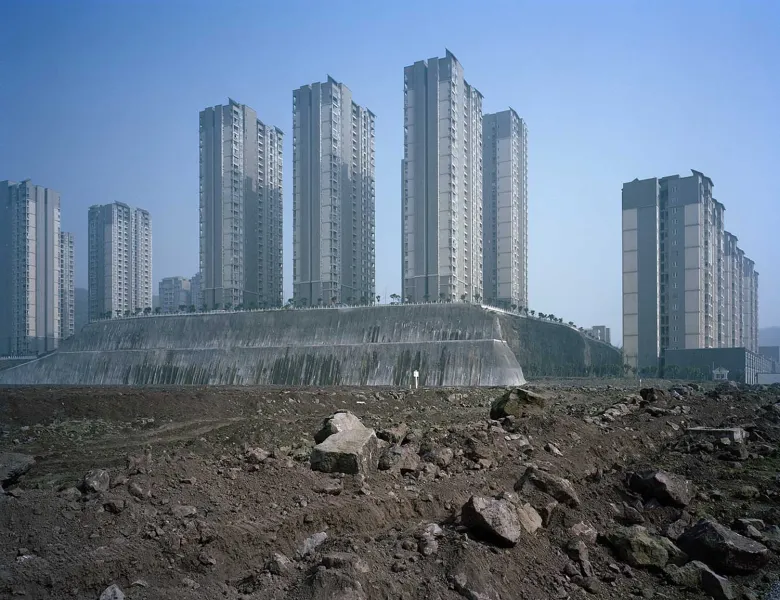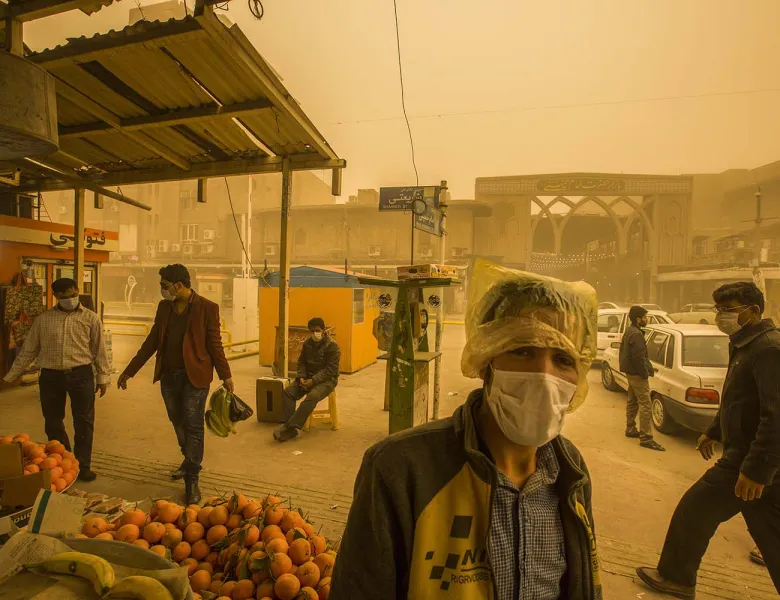Three decades of pictures - The extraordinary career of Joe McNally
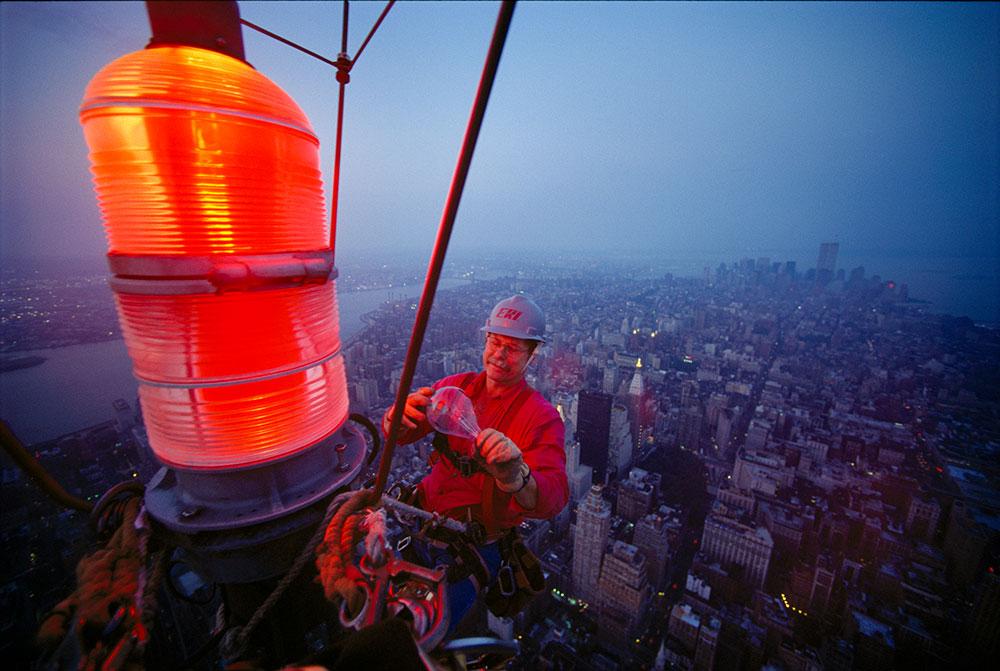
Joe McNally is an internationally acclaimed photographer whose career spans 30 years and has included assignments in over 60 countries. He has shot cover stories for TIME, Newsweek, Fortune, New York magazine, Entertainment Weekly, The New York Times Sunday Magazine, and Men's Journal. He has been at various times in his career a contract photographer for Sports Illustrated, a staff photographer at LIFE, and currently, an ongoing 25 year contributor to the National Geographic, shooting numerous cover stories for those publications.
He is a member of PhotoShelter, the leader in portfolio websites, photo sales, marketing and archiving tools for photographers.
Your extraordinary career spans 30 years, but let’s start with the present. Tell us about your most recent shoot. What were some of the challenges you faced?
Well I had a wonderful recent shoot, last month - The Wedding Truck, which presented challenges! I had this notion that it would be cool and fun to pull a box truck right up next to the marriage bureau of NYC and have it fully outfitted as a photo studio. Once you got married, if you wanted a portrait, all you had to do was step up inside the truck. I had a thought that we might be busy, but I couldn’t have anticipated the demand. I shot 70 wedding couples in two days in the back of that truck. I didn't know who would be in front of my lens or how many at a time so I set up two lighting scenarios in the back of a box truck, with all Speedlights. I did single portraits of brides, couple portraits, and then, groups of up to 15! I had an amazing range of people—all types of ethnicities, skin tones, fancy gowns to jeans, you name it. The only common thread for the entire two days was that I was shooting portraits of people in love, which made the whole experience quite wonderful. It was fast, and fun! I averaged about five minutes per session. We had to keep people moving.
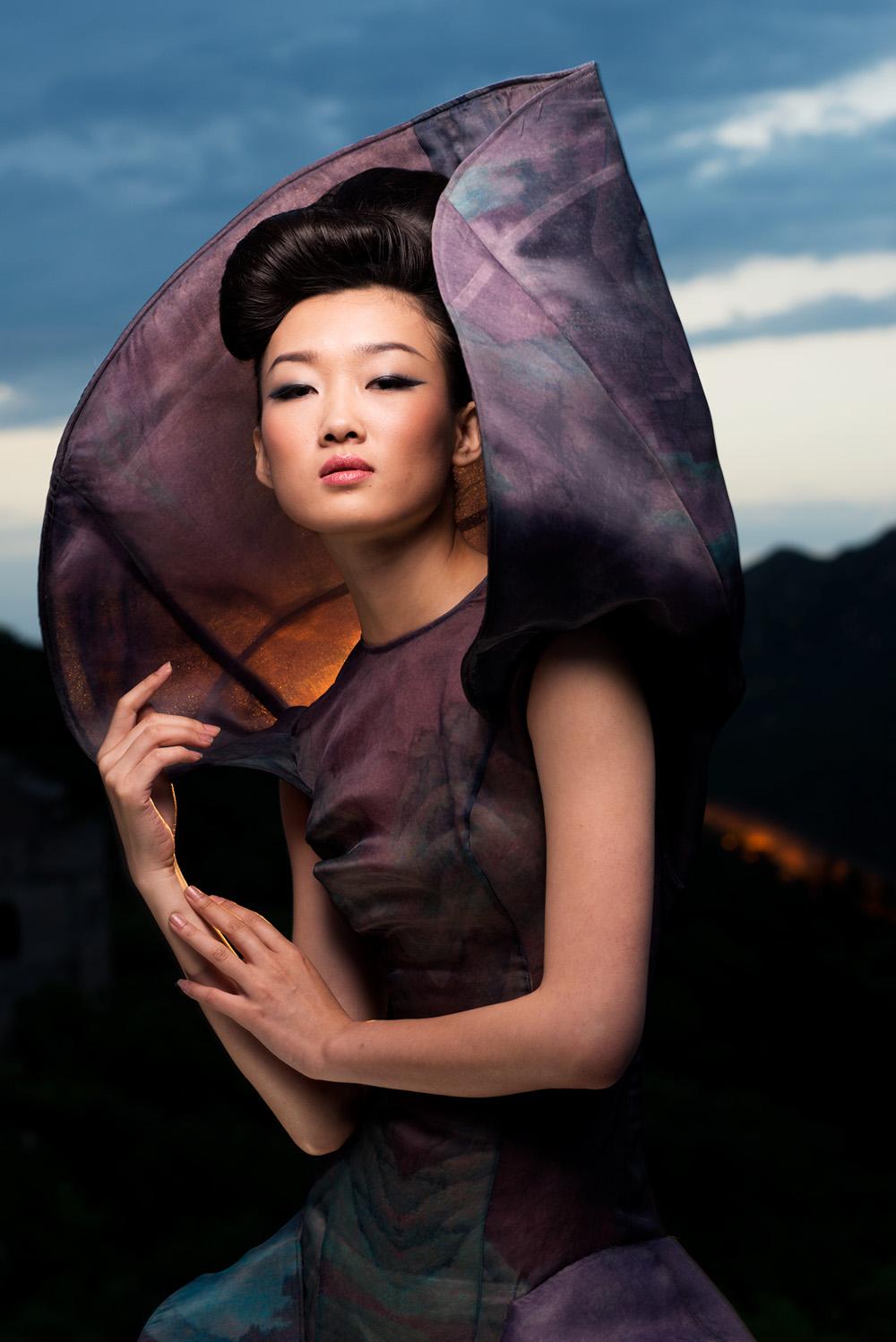
In the aftermath of 9/11 you created the acclaimed project, "Faces of Ground Zero," which traveled through 2002, became a book and helped generate around $2 million for the relief effort. What is your strongest memory when looking back on this series?
What stays with me most is the nobility, and calm courage, that all the participants in the project were possessed of when they came for their portrait. It was a searingly difficult time for all concerned, and obviously NYC was the emotional and physical epicenter of the tragedy. The camera we used simply stood in service to these people and documented them at an extraordinary time. The most powerful thing for me was the lasting friendships I have from that time. People who I thought I might see just that once, I still see 10 years later. Mike Wernick, for instance, was a firefighter who had a devastating experience on that day, and all of the shock of that was plain to see in his photo. I have stayed in touch with Mike, and his amazing wife, Nuri, for all these years. They are an extraordinary couple, and Mike is back, very much alive and healed due to Nuri’s love. My wife Annie and I count them among our dear friends.
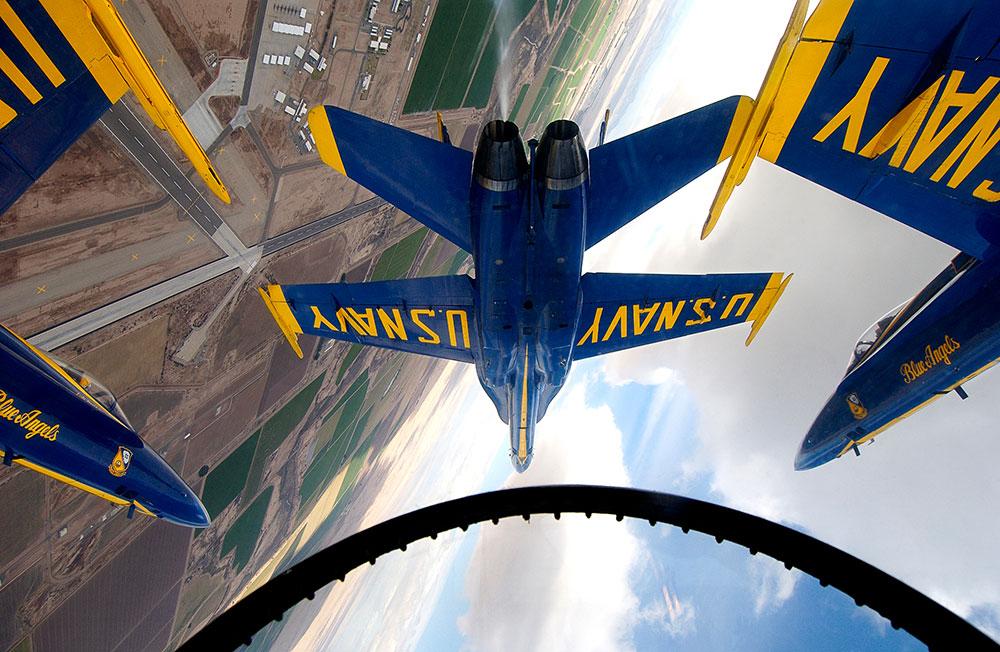
What has been your most difficult shoot in terms of logistics and technology?
I’ve had some crazy, complicated jobs, for sure, but probably shooting giant telescopes for National Geographic was among the most grueling, both physically and in terms of the photographic problems that had to be solved. I faced technical challenges with lighting these enormous telescopes and needed thousands and thousands of watt seconds to make this happen. But the other difficulties were the cold, high altitude and working through the night. So that job was not only challenging because of the subject matter and size of what I had to light but the working conditions, which made it just exhausting physically. You are utterly sleep deprived, and working on mountaintops that are frigid, at heights of up to 14,000 feet. You are climbing catwalks in the dark with heavy gear. I was glad to have done the work, but happy when those type of jobs were over.
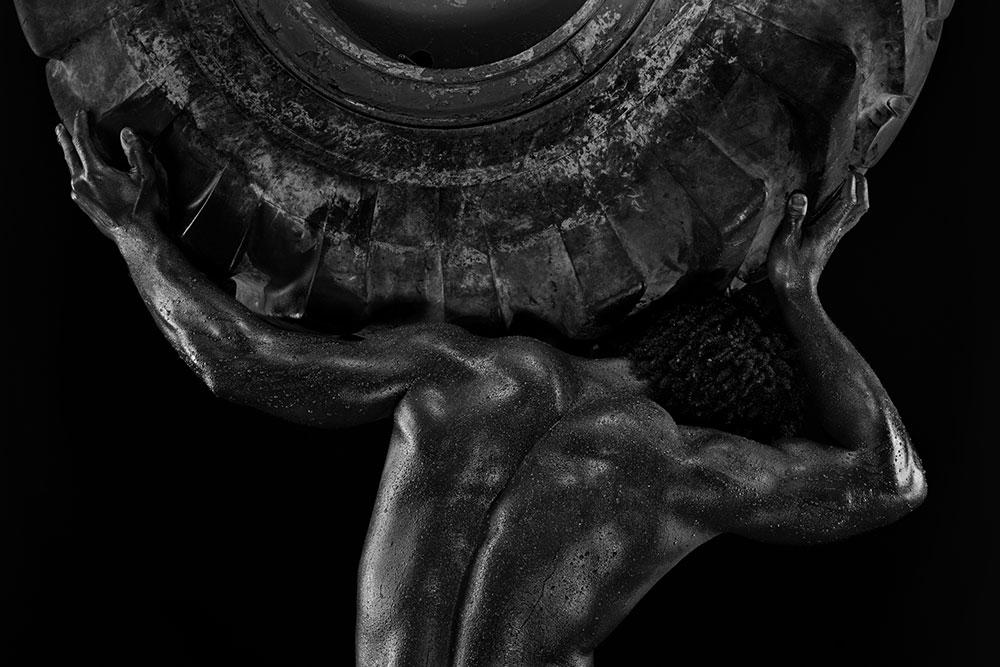
When you aren’t shooting, how do you relax?
I keep it pretty simple. I love having dinner at our favorite local restaurant and chilling out on the couch with my wife, Annie, and our cat Sammy. Doing pretty much nothing is an ideal weekend!
Do you have a favorite place to photograph?
That’s a hard one, having been to over 60 countries. I guess I like extremes. I love shooting the streets of NYC and I also like shooting in the desert. The dry lake beds of Las Vegas or the deserts in Dubai. I like climbing urban vantage points to get my camera into odd or truly different places, where I can render a view that has some difference from what is ordinarily seen. I have also been to Siberia, and find inspiration in the bleakness and the cold there. I guess I’m saying I like to be in the world with a camera, and lots of different places and people inspire me.
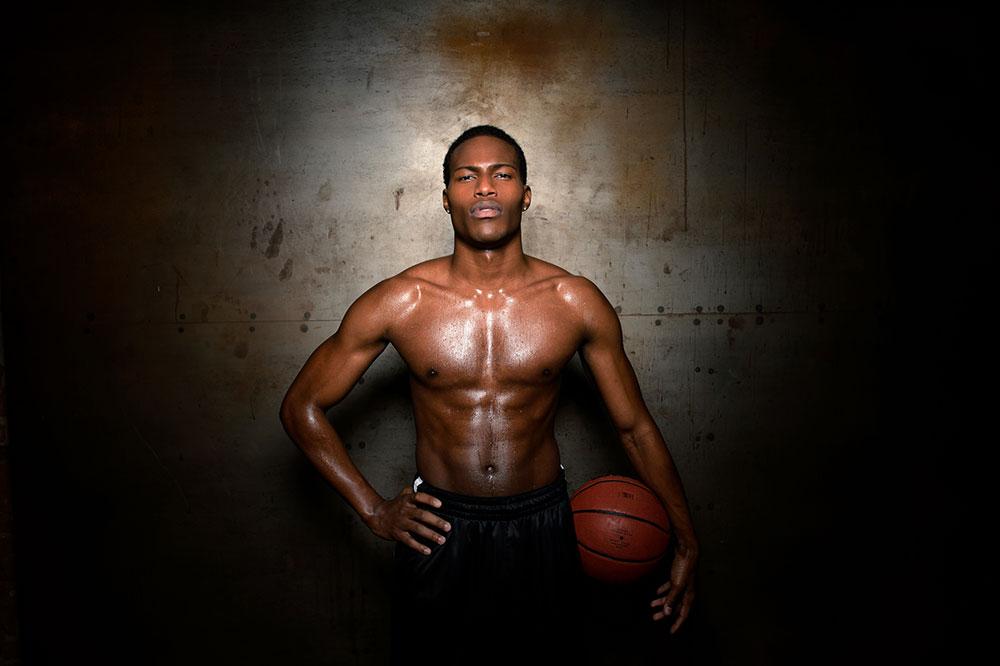
Do you have a photographic philosophy?
The bottom line for me is always to shoot what you love to shoot. Be curious about the world, and be energetic, decent and honest when you engage the world with a camera to your eye. On the technique side of things, I have always encouraged photographers to think of light as language. It is how we describe what we are seeing to the people who are not there with us but will have the experience of being there through viewing the photographs.
For more on Joe, visit the following:
blog.joemcnally.com, Facebook, Twitter, Instagram, Pinterest & Google+






